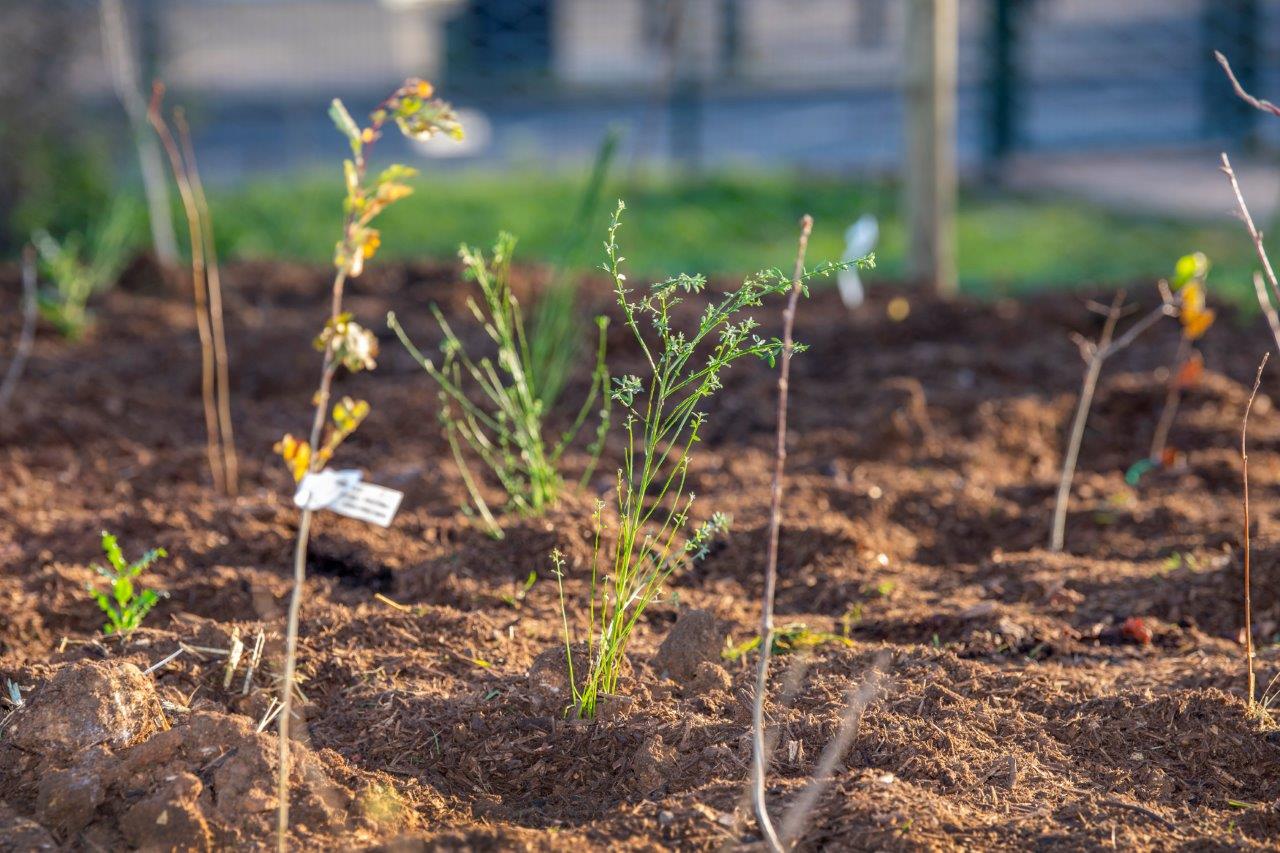Holding page – more information to follow
Think Climate! with South Yorkshire’s Children’s University
South Yorkshire Children’s University helps children and young people build essential life skills through learning activities outside of the classroom. For over a decade, Children’s University has been supporting thousands of pupils across Sheffield – and more recently in Rotherham, Doncaster, and Barnsley to grow their confidence, motivation and self-esteem. Research shows that children who take part in Children’s University activities not only enjoy richer experiences, but also achieve higher results in school, including SATs and GCSEs.
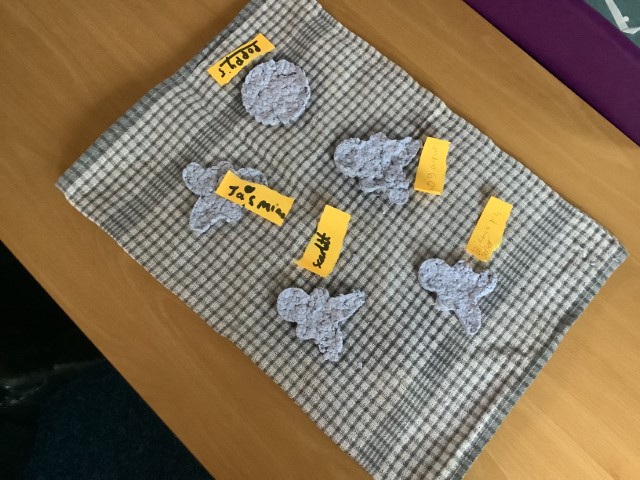
Project in a Box
One of South Yorkshire Children’s University’s most successful initiatives is Project in a Box – a ready-made resource kit that enables schools to run engaging after-school clubs for groups of 12 or more pupils. Staff are supported through training sessions before delivering six to eight weeks of activities, all leading to a celebratory event where pupils showcase their learning and take part in themed challenges.
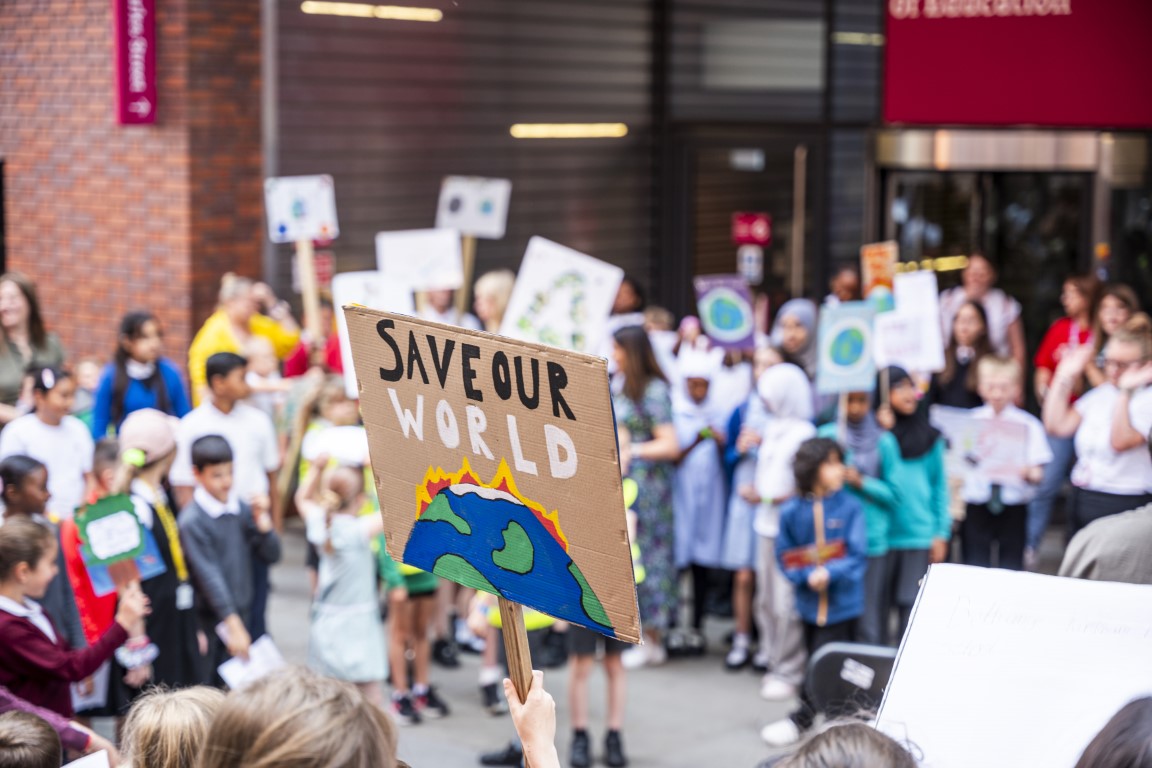
Think Climate!
For the 2024/25 academic year, Sheffield Hallam University partnered with Children’s University to launch the Think Climate! edition of Project in a Box. Developed by academic staff at the Sheffield Institute of Education (SIOE), the programme introduces pupils to climate change and biodiversity through a positive, research-informed approach. The focus is on increasing young people’s sense of agency and reducing eco-anxiety by highlighting local solutions and actions they can take.
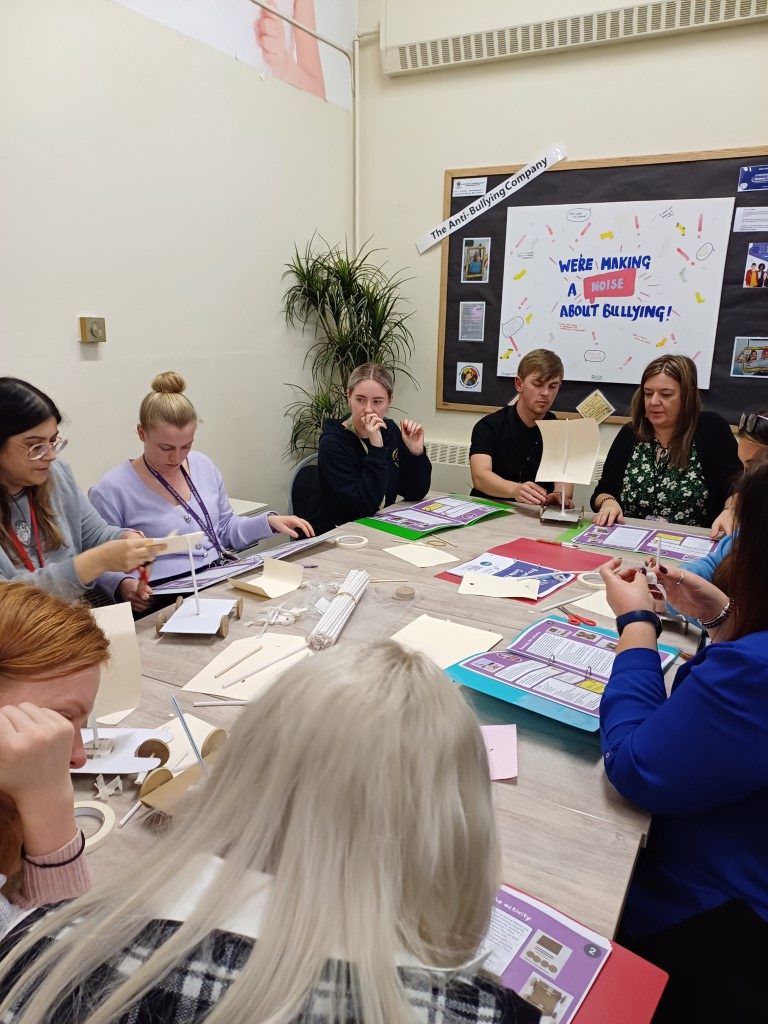
The project offers:
- 8 themed sessions designed around climate change and sustainability.
- Teacher training and CPD to support confident delivery.
- Creative resources and incentives including craft activities and children’s books linked to environmental themes.
- Celebration events where schools and pupils come together to share achievements.
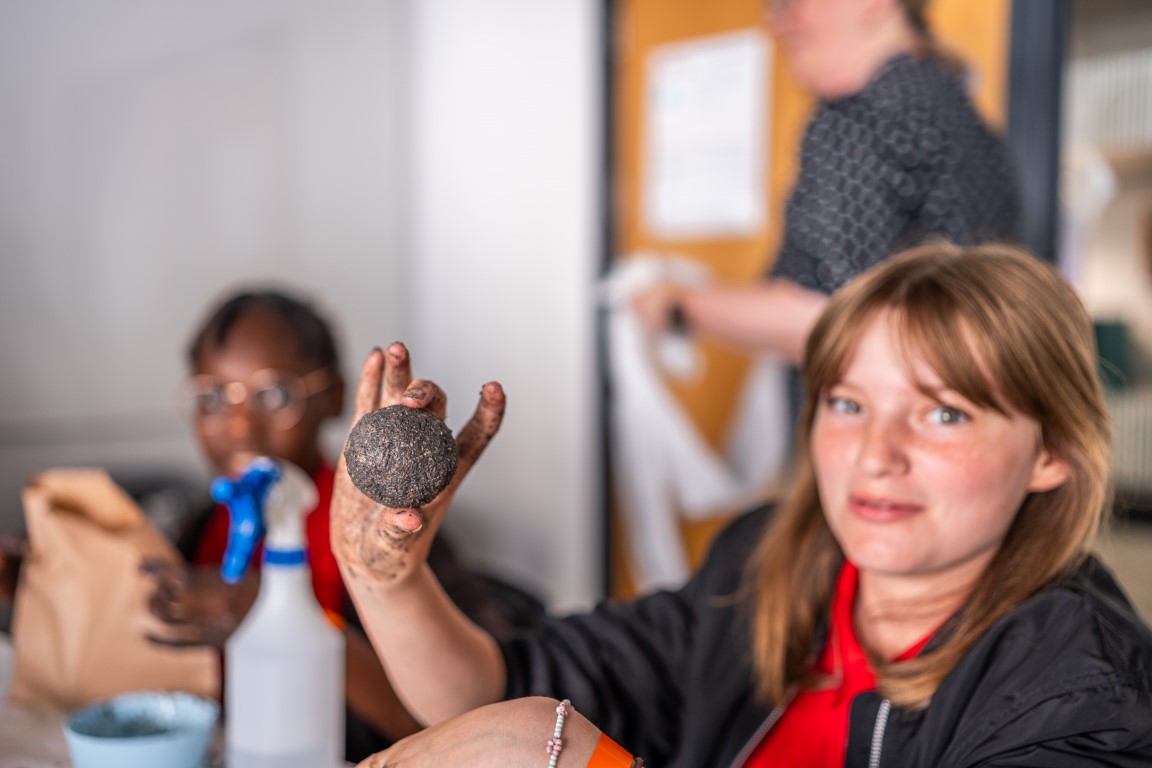
Impact and Reach
Launched in October 2024, Think Climate! has engaged nearly 50 schools across South Yorkshire – the highest number to date. Early evidence shows a positive impact on both teacher and pupil knowledge, skills, and motivation to respond to the climate and biodiversity crisis. A more formal evaluation is being undertaken and will be published soon (October 2025).
The project culminated in a celebration event taking place at the Institute of Education at Sheffield Hallam in July 2025. Over 100 children and staff attended from nearly 15 schools across South Yorkshire.
This collaborative project was delivered by Sheffield Hallam University’s Institute of Education, the Civic Partnership team, and Sheffield Children’s University, with support from our funding partners.
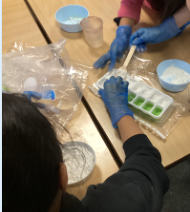
Funding Partners
- Sheffield Hallam University – Hallam Fund
- Sheffield Hallam University
- University of Sheffield
Research Team
- Lee Jowett – Climate Change and Sustainability Research Fellow
- Joelle Halliday – Senior Research Fellow
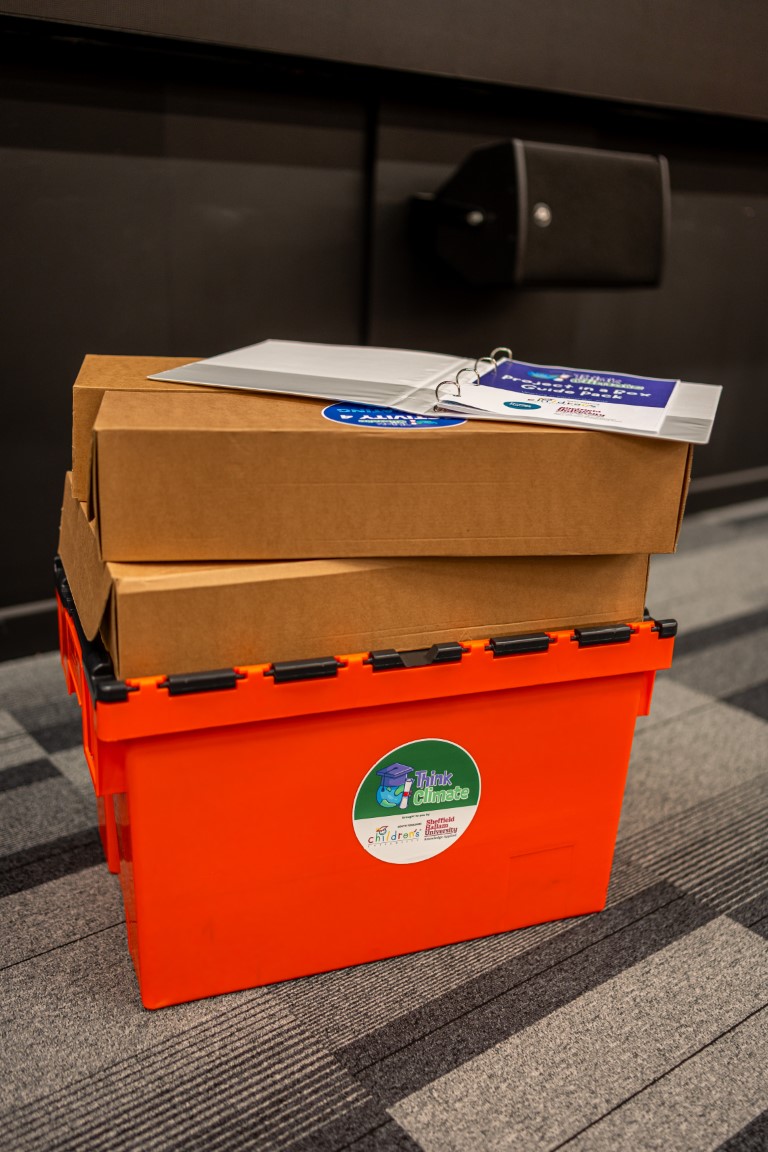
Further information and links

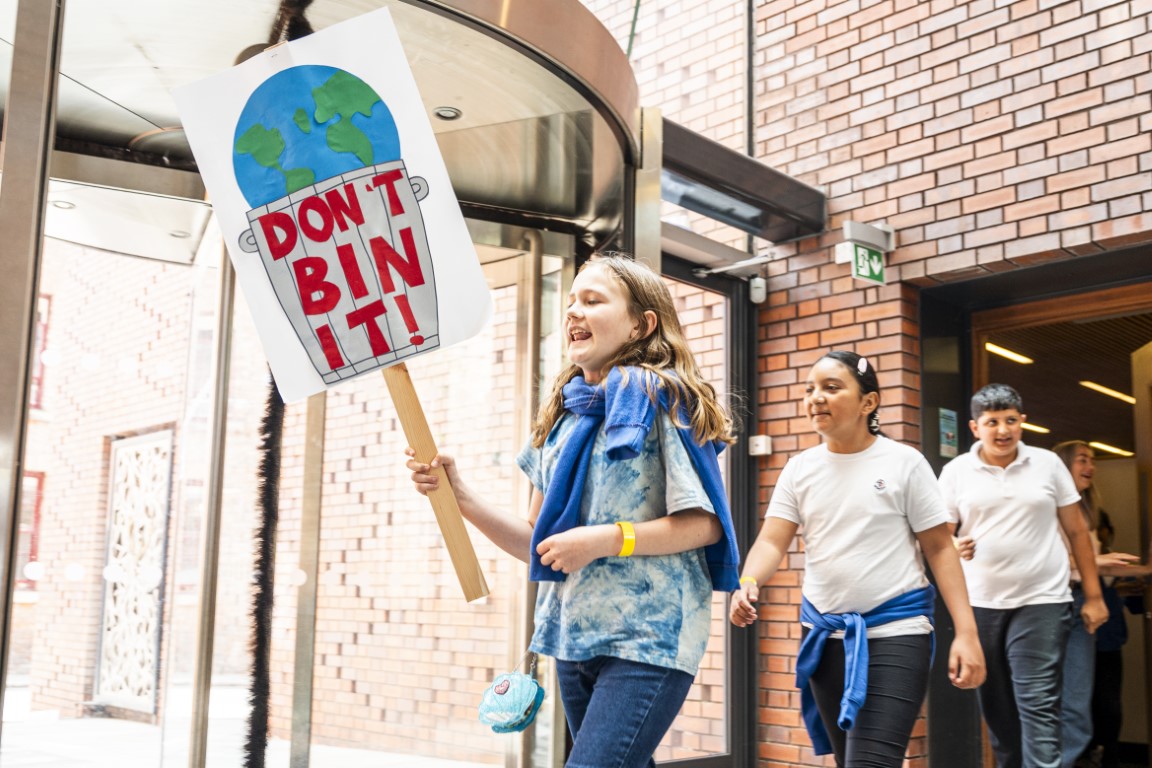
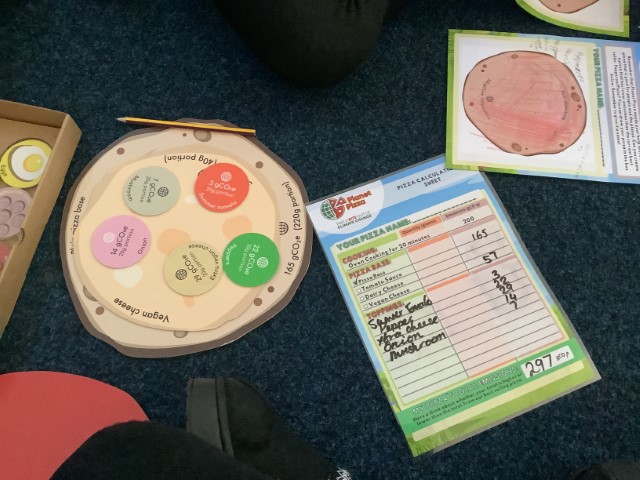
Energy efficiency UP, wildlife OUT? How to make sure energy efficiency improvements work for your school and for wildlife, too
Prof. Aimee Ambrose, Sheffield Hallam University
Standing in the playground at my daughter’s school in summer, my eyes are always drawn upwards. Few other people seem to notice the fast and stealthy flight of the prehistoric birds overhead. They are Swifts and they have nested in the eaves of the 19th Century school for as long as anyone can remember. There are about six nesting pairs at the school these days and they cause no problems at all, going unnoticed most of the time, aside from their occasional aerial acrobatic displays. Children participating in the school’s Eco Club are encouraged to look up and appreciate the world’s fastest bird in level flight, that make their homes in their school.
Swifts are incredible birds – they migrate from central Africa every spring to breed in the cooler climes of Northern Europe. They can travel at 60mph and cover 500 miles a day on their migration. Swifts eat, sleep and breed while flying. They never stop for a perch or a rest- they simply rest half of their brain, while the other half keeps them moving. Swifts are truly prehistoric, having survived the mass extinction that killed the dinosaurs. They navigate their way to the exact same spot every year to breed and do so every year of their adult lives. They are faithful to their nesting sites and if they are unable to access them, they will die trying to gain access. Swifts are just one variety of ‘cavity nesting species’, a group that also includes House Sparrows, Starlings and various species of Bat. House Martins and Swallows may also be considered cavity nesters, but they tend to build nest cups out of mud attached to the outside of a building, rather than tucking themselves on the inside.

Starling leaving a nest brick. Copyright Hugh Hastings. Accessed via Sheffield Swift Network.
All of these species are in steep and rapid decline (all with Red Listed status, meaning they are at risk of extinction). The threats facing cavity nesting species are myriad, but chief amongst them is loss of nesting sites. For millennia, cavity nesters have made their nests in our homes, tucking into tiny nooks and crannies under the roofline. But, we are blocking up these small gaps more than ever, often in pursuit of greater energy efficiency in our buildings. Many people making improvements to buildings, whether it’s installing a new roof, boosting insulation or just fitting new fascia boards or guttering, will have no idea that they are contributing to the decline of wildlife.
Government has recently launched a long overdue programme to boost the energy efficiency of public buildings, including schools. This investment is to be welcomed and will make schools more thermally comfortable and reduce running costs. But, there is a hidden risk in rolling out schemes like this. The preponderance of older school buildings in the UK, with their abundant imperfections in the brick and stonework, appeal hugely to cavity nesting species. Forging ahead with works without an ecological survey risks harming already vulnerable species and breaking the law. Disturbing or blocking access to an active nest site is illegal in the UK, whether you realise you are doing it or not. Erecting scaffolding that blocks access to the eaves, also counts as blocking access.
Cavity nesting species make important contributions to healthy eco-systems and will do no harm to a building. Indeed, hosting cavity nesting species in your school provides the best possible opportunity for children to learn about and be close some of our most astonishing and vulnerable wildlife.
If you’re (very wisely) considering taking advantage of subsidies to improve energy efficiency in your school, then take the opportunity to learn about the wildlife that might be very quietly securing its future within your buildings first. This is more likely in older school buildings, but can occur in buildings of almost any age, where there are small gaps in the brick or stonework or under roof tiles. Ensuring that any work (whether investigatory or more substantial) takes place outside of the nesting season (which runs from late April until September), will avoid any harm to wildlife.

Four Swift bricks installed in a gable end. Copyright Merv Page. Accessed via Sheffield Swift Network.
Whether you have wildlife nesting or roosting in your building or not, consider making provision for it while you’re doing work by installing as many universal nest bricks as you can- they can accommodate most types of cavity nesting birds and bats and never need any maintenance. They cost as little as £30 each plus installation costs and can be transformational for cavity nesters. Other solutions also exist if nest bricks aren’t possible, including nest boxes that affix to the outside of a building or integral nest boxes that sit inside soffits. For more information on solutions that can benefit all cavity nesting species, visit Sheffield Swift Network’s (SSN) website: www.sheffieldswiftnetwork.org
Feel free to contact me for further information: a.ambrose@shu.ac.uk
Good Life Schools in Sheffield
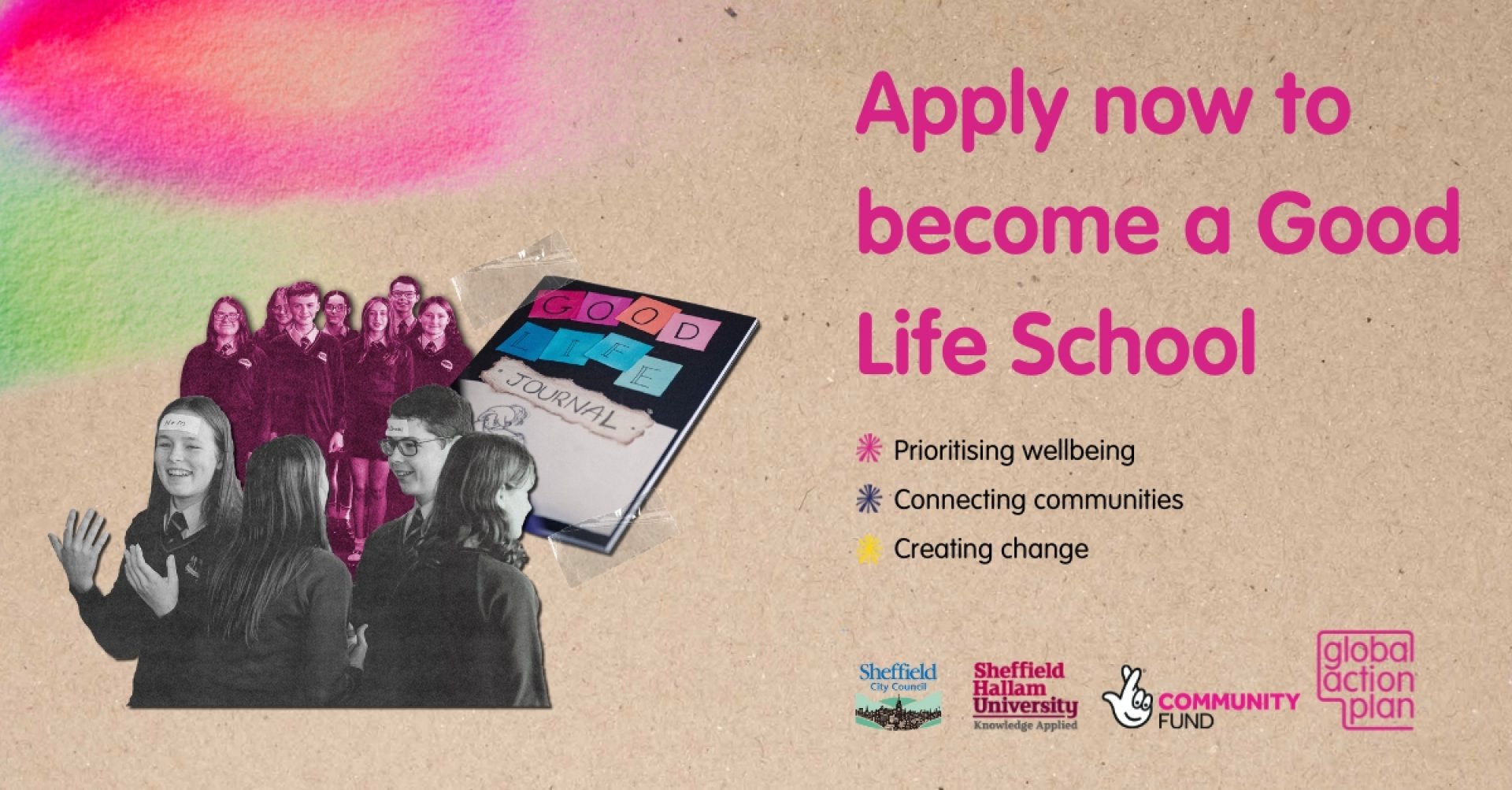
Sheffield Hallam University has partnered with Global Action Plan to deliver the ‘Good Life Schools’, a free programme for secondary schools and colleges, that brings communities together to create ways of living and learning together that are good for us, and good for the planet.
The programme has been running in 3 Sheffield secondaries this academic year (Meadowhead School, King Egberts School and High Storrs School), and have an additional 7 secondary school places for the 2025-26 academic year, available on a first come first served basis.
Join our supported Good Life Schools programme and receive:
- CPD, launch assembly and workshop delivery from the local officer
- Step-by-step guidance and a pack of teaching resources and activities to support your school run the programme up to an entire academic year.
- Ongoing support from your Community Engagement Lead.
- Funding of up to £2,000 to help you deliver the project
How it works
Your school will be supported by an experienced Community Engagement Lead, who will work alongside a Lead Teacher in your school to deliver the programme as an extra-curricular opportunity during a term and time of your choice.
- Form a Good Life Group, explore the Good Life vs. the Goods Life
- Create a Good Life project, gather support for your projects
- Put your Good Life projects into action, celebrate and share your story
Please see below for more information or visit Good Life Schools. There is a short online information session taking place on Wednesday 30 April at 3.30-4.00pm featuring colleagues from GAP, SHU and at least one school running the programme this year. To sign up please use this link.
In the meantime if you have any question please email Lee Jowett (Sheffield Hallam University) or Sian Buckley (Global Action Plan).
Tomorrow’s Climate Scientists – Resources

Last updated: 18/10/25
Joint teacher-researcher training (face to face – 17 October 2025)
Key terms on climate change, sustainability and biodiversity loss
Planning document – for five sessions
Scanned planning sheet examples
Primary Science National Curriculum document
Explorify! website
Cover lists for all topics
Biodiversity topic
Trail cameras – how they work and investigating wildlife
Record wildlife on your site | Education Nature Park
Using the Seek app to identify wildlife | Education Nature Park
Biodiversity bar charts | Education Nature Park
Hidden Nature Challenge | Education Nature Park
Additional: Mapping your site | Education Nature Park suite of activities if you are keen to explore your habitats
Air quality topic
What are lichens and how they measure air quality in the UK?
What Can Lichens Tell Us about Air Quality? – Lichens guide
What Can Lichens Tell Us about Air Quality? – Lichens activity
What Can Lichens Tell Us about Air Quality? – Tree guide
Link to STEM Learning – What Can Lichens Tell Us about Air Quality? original resources
Indoor air quality monitoring (CO2) activity suggestions
Activities that can alter CO2 and can be investigated
Sustainable drainage (SuDS) topic
Investigating rain and sustainable drainage activity guidance sheets
School rainwater survey
SuDS Top Trumps
SuDS wordsearch
Great video showing water runoff in soil (LinkedIn post)
Energy efficiency topic topic
How thermal cameras work
Thermal camera imaging and iPad imaging
FLIROne camera guide
Coffee cups insulation activity
Energy generation topic
Solar explorer kit information
Solar explorer kit lesson cards
Tomorrow’s Climate Scientists
Tomorrow’s Climate Scientists – researchers’ page
Royal Society Partnership Programme – cohort 2
A programme funded by the Royal Society
For researchers and university students: work with a primary school in South Yorkshire to investigate an age-appropriate theme of climate change and sustainability
For information for schools, please see the schools’ page.
Audience: Researchers and lecturers, undergraduate and postgraduate students in Sheffield Hallam University and University of Sheffield who have an interest in climate change and sustainability.
Research topics: Air quality, energy generation, energy efficiency, flood management and biodiversity (you do not need to be an expert in any of these topics to participate)
Programme outline
October 2025 – February 2026
- CPD researcher training – 1-hour online training and 2-hour virtual workshop (delivered by the Climate Ambassadors programme)
- CPD with your allocated teacher – 1 day face to face training and planning at Sheffield Hallam University (planned for Friday 17 October 2025)
November 2025 -January 2026 (dates to be agreed between pair)
- 3 in school activities with your teacher partner/students (up to 2 hours)
- 2 virtual activities with your teacher partner/students (up to an hour)
- Ongoing support, as required from a mentor at SHU
January 2026
- Information session to apply for further funding
Researcher/university student commitments
- To attend online and face to face training sessions
- Participate in 5 activities with their teacher partner
- Meet with a mentor mid-programme
- Engage with surveys and evaluation of the programme
Researchers will be asked to select preferred training dates and a preferred research topic on signing up.
Researchers/university students will be able to claim up £75 for travel expenses, however we are unable to fund academic time. You will need to sign up to become a Climate Ambassador and complete a DBS check.
Further funding is available to apply for a Partnership Grant from the Royal Society once you have completed this programme.
Sign up using this link by Friday 10 October 2025


Tomorrow’s Climate Scientists – schools’ page
Royal Society Partnership Programme – cohort 2
A programme funded by the Royal Society
For schools: Work with your students and a researcher from Sheffield Hallam University (SHU) or the University of Sheffield to investigate an age-appropriate theme of climate change and sustainability
For information for researchers please see the researchers’ page.
Audience: Primary school teachers (including infant and junior schools) in South Yorkshire
Research topics: Air quality, energy generation, energy efficiency, flood management and biodiversity
Programme outline
October 2025 – February 2026
November 2025 -January 2026 (dates to be agreed between pair)
- 3 in school activities with your researcher and students (up to 2 hours)
- 2 virtual activities with your researcher and students (up to an hour)
- Ongoing support, as required from a mentor at SHU
- CPD with your allocated researcher – 1 day face to face training and planning at Sheffield Hallam University – taking place on Friday 17 October 2025
January 2026
- Information session to apply for further funding
School commitments
- A member of staff to attend the training session
- Participate in 5 activities with their class and researcher
- Meet with a mentor mid-programme
- Engage with surveys and evaluation of the programme
School staff will be asked to select preferred training dates and research topic. We will endeavour to match you with a researcher interested in the same research topic.
Schools will receive £300 to cover supply costs as well as project equipment loan. Researchers will be trained on how to work with schools (via the Climate Ambassadors) and will hold a valid DBS.
Further funding is available to apply for a Partnership Grant from the Royal Society once you have completed this programme.
Sign up using this link ASAP


Free access to Energy Sparks for selected Sheffield schools – helping your school save energy

Energy Sparks is a charity that offers a unique school-specific energy management tool and education programme. Using a school’s electricity, gas and solar data, Energy Sparks shows pupils and staff how much energy the school is using each day. The online tool presents bespoke analysis of the energy data with suggestions of actions the school community could take to save energy and reduce the school’s carbon emissions.
Energy Sparks can currently offer its services free of charge for one year to Sheffield schools that meet at least one of the following criteria:
- >30% free school meals or
- >20% SEN or
- (>22%) English as an additional language pupils
The funded offer includes access to the Energy Sparks energy management tool and education resources, weekly emailed energy use alerts, webinar training for staff on school energy management and using Energy Sparks with your pupils, email support, and a half-day in-school education workshop.
Schools that don’t meet the above criteria can join Energy Sparks for £545 + VAT per year.
Find out more
Watch the introductory video to learn more about what Energy Sparks offers schools. Or book a demo session at https://energysparks.uk/find-out-more
Example dashboards
Take a look at the dashboards for some of the participating schools to understand how Energy Sparks can help you take control of your energy use and involve the whole school community in carbon reduction.
Example adult dashboard
Example pupil dashboard
Impact
Explore case studies that showcase some of the ways that Energy Sparks schools have saved energy and improved their pupils’ energy and climate literacy.
The average Energy Sparks primary saved at least £3,000 off their energy bill over the 2022/2023 school year and 12.8 tonnes of carbon dioxide, the average secondary saved at least £12,000 and 48 tonnes of CO2.
Join a demo or register your interest at https://energysparks.uk/find-out-more
Tiny Forests
> Quick Link – Tiny Forest – expression of interest

Tiny Forests are dense, fast-growing areas of woodland planted with the aims of reconnecting people with nature, mitigating the effects of climate change and creating nature-rich habitat patches in urban environments.
Why do we need Tiny Forests
Environmental issues such as flooding, heat stress and loss of biodiversity are increasingly affecting urban areas.
Creating thriving and climate-resilient urban areas that support economic growth, whilst also enhancing livelihoods and wellbeing, is a considerable challenge.
Tiny Forest can play a part in facing this challenge. They bring the benefits of a forest – reconnecting people with nature and raising awareness, helping to mitigate the impacts of climate change, as well as providing nature-rich habitat patches to support urban wildlife – right into the heart of our cities and urban spaces.
Help mitigate the effects of the climate crisis, one Tiny Forest at a time.
What is a Tiny Forest?
- A Tiny Forest is a dense fast-growing native woodland, based on an established forest management method developed in the 1970s by Dr Akira Miyawaki.
- Environmental and social data is collected for every forest we plant, this helps us assess the benefits they provide over time and between different forests.
- 600 trees planted densely in a tennis-court size plot, maximising benefits per m2 of land
- Planting method encourages accelerated forest development and uses no chemicals or fertilisers
- Low management and maintenance requirements after the first two years
- Rich biodiversity, capable of attracting over 500 animal and plant species within the first 3 years
- A nature-rich accessible green space and outdoor classroom for people to reconnect with nature
- Monitoring data gathered by citizen scientists to help understand how Tiny Forests develop, and quantify the climate benefits
- Links to business sustainability, corporate social responsibility (CSR), and environmental, social corporate governance (ESG)
How can we use Tiny Forests in schools?
Tiny Forests are a fantastic way to engage young people with the environment. The school community can be involved in the planting and maintenance of the forest. There is a space left as an outdoor classroom to encourage further use of the Tiny Forest in years to come.
Would you like a Tiny Forest in your school or college grounds?
Tiny Forests are a fantastic way to engage young people with the environment. The school community can be involved in the planting and maintenance of the forest. There is a space left as an outdoor classroom to encourage further use of the Tiny Forest in years to come
We are currently identifying potential funding which would cover the cost of implementing Tiny Forests in school grounds. To help understand demand and capacity, if you would like to be considered for a Tiny Forest in your school or college please complete this short eForm.
